🚚 Fast Delivery | ⭐ Best Quality | 📞 24/7 Support
+971 2 552 3918
info@coolwaybmllc.com
- Power Tools & Machinery
- Fire and Safety Equipement
Fire and Safety Equipement
- Adhesives
- Plumbing & Sanitary
- Packing Materials
Packing Materials
- Abrasives
- Carpentry
- Welding Accessories
Welding Accessories
- Fasteners
- Lock & Furniture Accessories
Lock & Furniture Accessories
- A/C Refrigeration
- Electrical
Electrical
1,00 د.إ
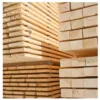
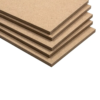
1,00 د.إ
You can add any HTML here
We suggest you to create a Saved Template in Dashboard -> Templates -> Saved Templates and use it by switching content type above to Saved template.
Plywood is a versatile and durable material made by gluing together multiple thin layers of wood veneers, which are often arranged in alternating directions to enhance its strength and stability. This cross-grain structure makes plywood resistant to cracking, shrinking, and warping, even when exposed to moisture or changes in temperature. It is one of the most widely used engineered wood products due to its strength, flexibility, and affordability.
One of the main advantages of plywood is its strength-to-weight ratio. It is much stronger than solid wood of the same thickness and can be used in applications where high strength is required but weight must be minimized, such as in flooring, roofing, and wall sheathing. Plywood is also used in the construction of furniture, cabinetry, and decorative surfaces due to its smooth surface and ability to be finished or painted.
Plywood is classified into different grades based on its appearance and structural performance. For example, high-grade plywood (such as A-grade) has a smooth, blemish-free surface ideal for visible applications, while lower-grade plywood (such as C-grade) may have knots or imperfections and is often used for structural purposes, where appearance is less important.
Plywood is available in a variety of thicknesses, which makes it suitable for a wide range of projects, from light interior paneling to heavy-duty structural uses. It can also be pressure-treated for outdoor or moisture-prone environments, making it ideal for use in building decks, fences, and exterior walls.
Plywood’s durability, versatility, and ease of use make it a preferred material in both residential and commercial construction. It is also commonly used in the automotive and transportation industries for applications such as vehicle flooring and interior panels.
While plywood is generally more durable than solid wood, it can still be susceptible to damage from extreme moisture and should be used appropriately depending on the application.
There is £4.99 charge for delivery under £50 Orders. Additional charges will be imposed by our couriers for delivery to remote area, a surcharge may be levied to cover carriage to these areas.
Plywood
1,00 د.إ
Short Description:
- Plywood is an engineered wood product made by bonding several thin layers (veneers) of wood together with adhesives.
- Known for its strength, durability, and versatility.
- Used in construction, furniture making, and interior design.
- Can resist cracking, shrinking, and warping.
- Available in various grades and finishes for different applications.
Plywood is a versatile and durable material made by gluing together multiple thin layers of wood veneers, which are often arranged in alternating directions to enhance its strength and stability. This cross-grain structure makes plywood resistant to cracking, shrinking, and warping, even when exposed to moisture or changes in temperature. It is one of the most widely used engineered wood products due to its strength, flexibility, and affordability.
One of the main advantages of plywood is its strength-to-weight ratio. It is much stronger than solid wood of the same thickness and can be used in applications where high strength is required but weight must be minimized, such as in flooring, roofing, and wall sheathing. Plywood is also used in the construction of furniture, cabinetry, and decorative surfaces due to its smooth surface and ability to be finished or painted.
Plywood is classified into different grades based on its appearance and structural performance. For example, high-grade plywood (such as A-grade) has a smooth, blemish-free surface ideal for visible applications, while lower-grade plywood (such as C-grade) may have knots or imperfections and is often used for structural purposes, where appearance is less important.
Plywood is available in a variety of thicknesses, which makes it suitable for a wide range of projects, from light interior paneling to heavy-duty structural uses. It can also be pressure-treated for outdoor or moisture-prone environments, making it ideal for use in building decks, fences, and exterior walls.
Plywood’s durability, versatility, and ease of use make it a preferred material in both residential and commercial construction. It is also commonly used in the automotive and transportation industries for applications such as vehicle flooring and interior panels.
While plywood is generally more durable than solid wood, it can still be susceptible to damage from extreme moisture and should be used appropriately depending on the application.
There is £4.99 charge for delivery under £50 Orders. Additional charges will be imposed by our couriers for delivery to remote area, a surcharge may be levied to cover carriage to these areas.
Reviews
There are no reviews yet.
Buy more save more!
Buy from 2 to 4 items and get 10% OFF
on each productBuy from 5 to 8 items and get 15% OFF
on each product- Free shipping on all orders above 50,00
- No hassle returns, 30 days return
- Next day delivery within your country

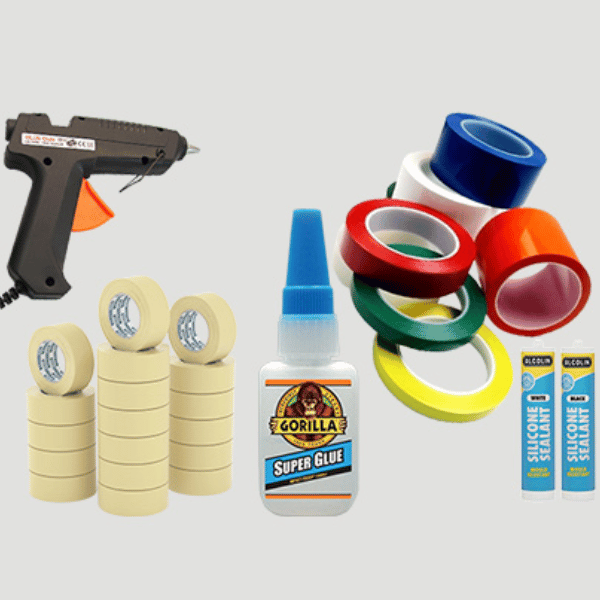
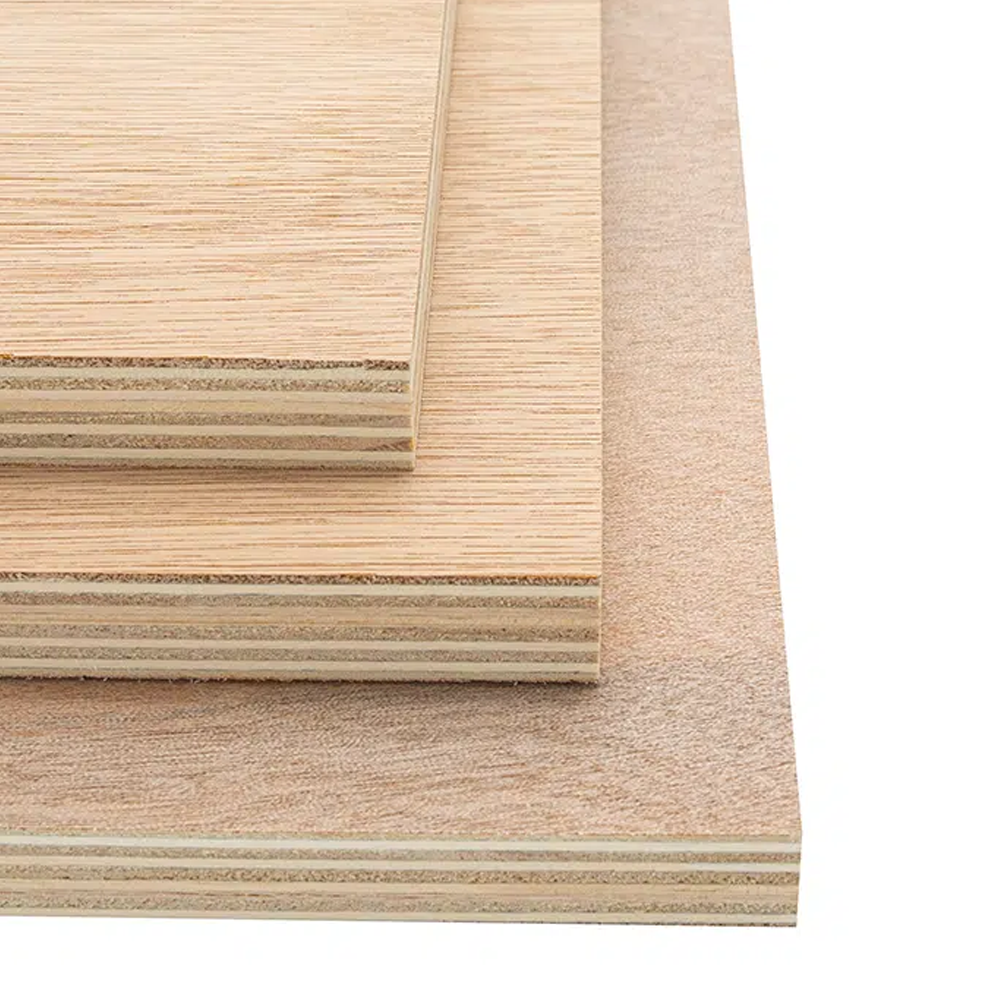
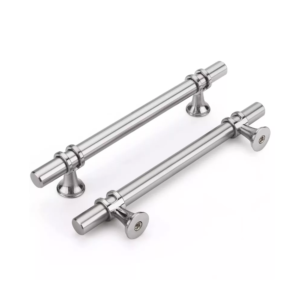
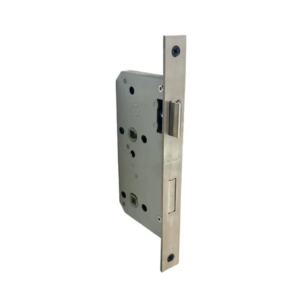

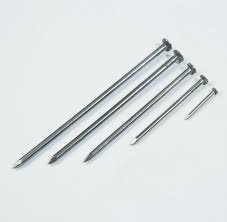

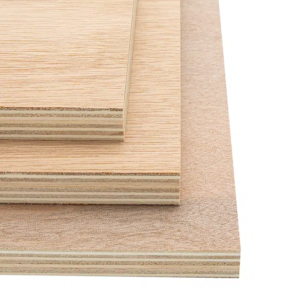
Reviews
There are no reviews yet.